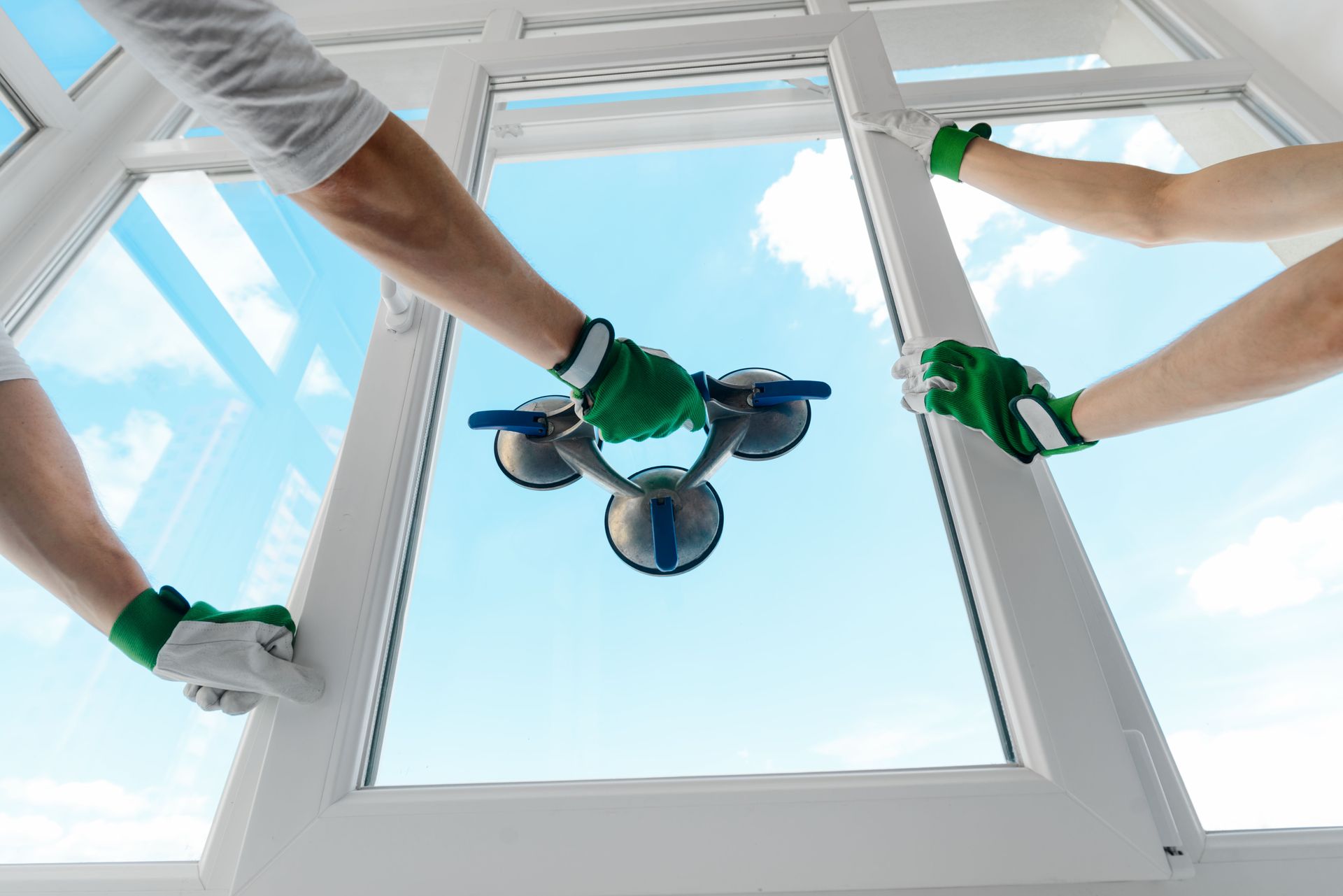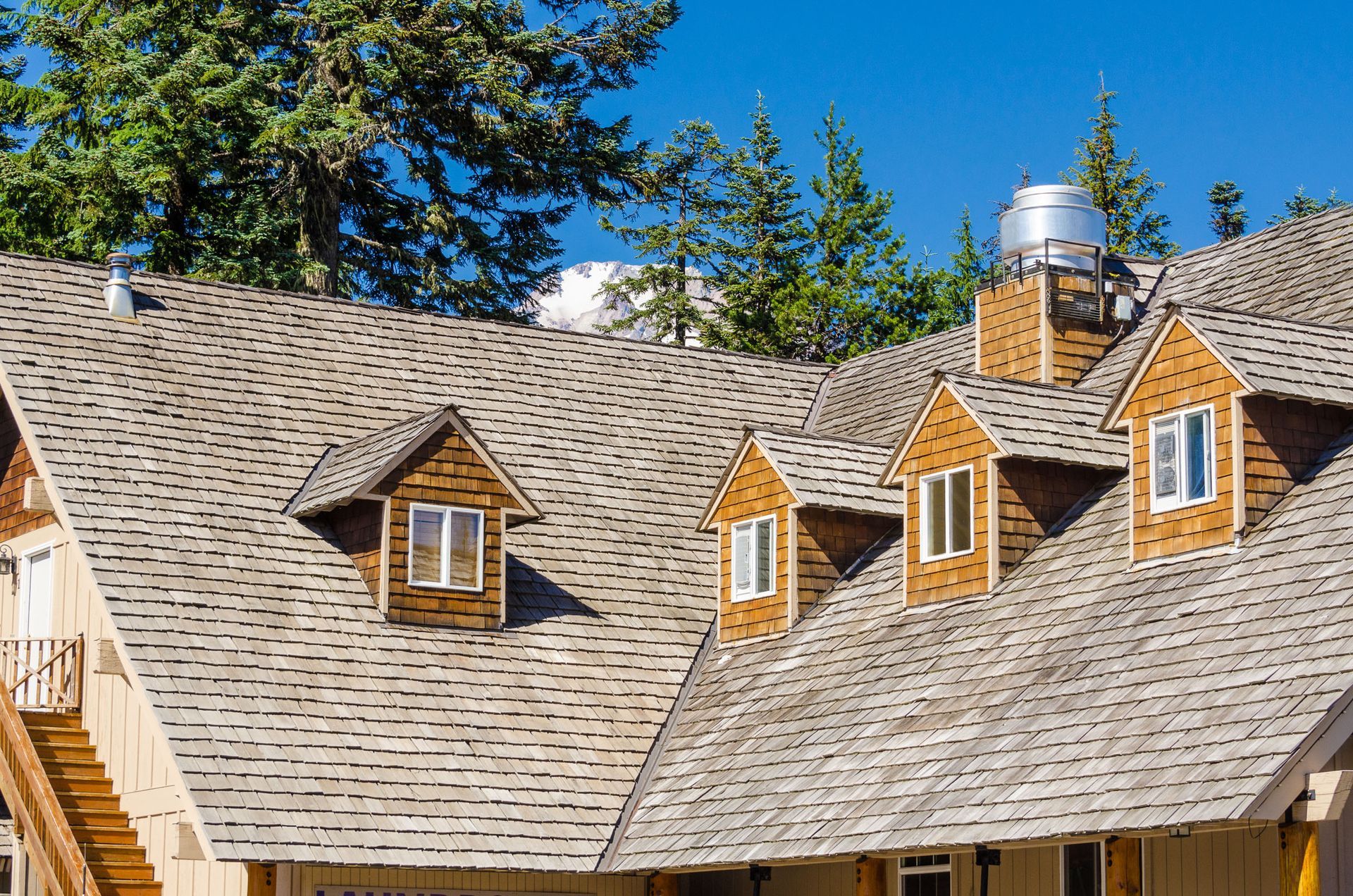October 10, 2025
Window replacement is more than a simple upgrade—it is a long-term investment that impacts your home’s energy efficiency, comfort, and overall appearance. With a wide array of materials, styles, and technologies available, homeowners must carefully weigh their options to ensure they select windows that match both their practical needs and aesthetic preferences. Beyond visual appeal, new windows can lower energy bills, enhance property value, and reduce ongoing maintenance requirements. Understanding the key considerations before embarking on a window replacement project can help homeowners make informed decisions, avoid costly mistakes, and enjoy the full benefits of their investment for years to come.
Assess the Need for Replacement
The first step in any window replacement project is determining whether your existing windows actually require an upgrade. Physical damage such as cracked glass, warped frames, peeling paint, or water intrusion often signals that replacement is necessary. Windows that fail to close or seal properly can compromise comfort, allowing drafts and moisture to enter your home. Over time, neglecting these issues can decrease the energy efficiency of your home and even reduce property value.
Energy efficiency is one of the most compelling reasons for window replacement. Older windows may lack proper insulation, leading to high heating and cooling costs and inconsistent indoor temperatures. Energy-efficient windows help maintain a stable indoor climate, reduce your monthly utility bills, and contribute to a smaller carbon footprint. According to IBM Journal, 21% of U.S. homeowners updated windows or skylights in 2023, making window replacement one of the most popular exterior home improvements alongside painting.
Regular inspection is critical for early detection. Homeowners can check for condensation between panes, draftiness, or difficulty opening and closing windows, which often indicate underlying issues. Addressing these problems proactively ensures that the window replacement investment is timely and maximizes the functional and aesthetic benefits.
Choose the Right Material
Selecting the right material for window replacement is crucial to achieving a balance between longevity, maintenance, and visual appeal. Vinyl, wood, aluminum, and composite options each offer unique advantages, and understanding their benefits can guide homeowners toward the best choice.
Vinyl windows are among the most popular for their affordability and low maintenance. They resist moisture, require little upkeep, and are generally easy to clean. However, vinyl may lack the premium look that certain homes or high-end designs demand. Wood windows, in contrast, are prized for their natural warmth and timeless beauty. They require regular maintenance, such as painting or staining, but offer a classic aesthetic that can significantly enhance a home’s charm.
Aluminum windows provide durability and strength, making them ideal for homes in regions with extreme weather conditions. They resist warping and corrosion while offering a modern, sleek appearance. Composites are increasingly popular due to their combination of materials, often merging metal’s strength with wood’s visual appeal. Composite windows tend to have a higher upfront cost but offer excellent long-term value with lower maintenance needs and increased lifespan.
Cost considerations extend beyond the initial purchase. While vinyl windows may be budget-friendly, composites can offer savings over time by reducing repair and replacement needs. Sustainability is also a growing concern; eco-conscious homeowners may prioritize materials made from recycled or responsibly sourced components. Evaluating the material for durability, environmental impact, aesthetics, and long-term value ensures a well-rounded decision.
Understand Window Styles
Window style impacts both functionality and appearance. The right style enhances natural light, ventilation, and comfort while complementing the home’s architecture. Single-hung and double-hung windows remain common choices. Single-hung windows are cost-effective, featuring a fixed upper sash with a movable lower sash, suitable for traditional aesthetics. Double-hung windows allow both sashes to move, offering better ventilation control and versatility in airflow management, which can improve comfort in mild seasons.
Sliding windows provide space efficiency and reliable operation, as they move horizontally along a track without requiring extra clearance. They are ideal for rooms where space is limited or in areas that require large glass panes for natural light. Specialty and custom windows allow homeowners to express unique architectural tastes, offering tailored dimensions, shapes, and decorative features. Choosing styles that complement the home ensures visual cohesion and functional benefits while potentially increasing resale value.
Matching style to purpose is critical. For instance, larger picture windows may maximize light but offer limited ventilation, while operable windows provide airflow but may compromise expansive views. Thoughtful selection based on room use, energy efficiency, and aesthetics results in a balanced, practical, and visually appealing window replacement project.
Plan Your Budget
A comprehensive budget is essential for a successful window replacement. Costs go beyond the price of the windows themselves, encompassing installation, potential structural modifications, and post-installation care. Obtaining multiple quotes helps homeowners understand the financial implications and avoid unexpected expenses. Comparing product quality, warranties, and installation services is just as important as evaluating the bottom line.
Flexible financing options can make window replacement more manageable. Many lenders offer home improvement loans with competitive interest rates and deferred payment plans, enabling homeowners to spread costs over time. Some programs even provide low-interest or zero-interest options, making high-quality windows more accessible. Energy-efficient windows may also qualify for tax credits or incentives, further offsetting project costs.
Warranties provide financial protection against product defects or installation issues. Understanding the terms, duration, and coverage of these warranties ensures homeowners are fully informed and prepared for potential issues. Planning the budget around both upfront costs and long-term savings from energy efficiency allows homeowners to make well-informed, practical decisions. Factoring in potential reductions in heating and cooling expenses can make window replacement a financially sound investment.
Select a Professional Installer
A qualified installer ensures that your window replacement delivers its full benefits. Look for certifications from reputable organizations, such as the American Window and Door Institute, which indicate technical competence and adherence to industry standards. Local experience is also valuable, as installers familiar with regional building practices can address environmental challenges specific to the area.
Comparing quotes and services is essential to achieving the best value. Homeowners should evaluate installation fees, post-installation support, and maintenance options in addition to the product cost. Lower-priced offers may compromise quality or exclude essential services. Checking references, reading customer reviews, and confirming installation warranties provides additional peace of mind.
The installation timeline should also be considered. Coordinating the project to minimize disruption and ensure timely completion can prevent delays and related inconveniences. Ultimately, selecting a reputable installer safeguards your investment, ensures optimal window performance, and contributes to long-term satisfaction with your home’s appearance and comfort.
Consider Post-Installation Care
Proper post-installation care is essential to maintain the performance and lifespan of your new windows. Ensuring that windows are sealed correctly prevents drafts, water intrusion, and energy loss. Homeowners should conduct thorough inspections after installation or hire professionals to verify that all performance standards are met. Addressing minor issues promptly can prevent more costly repairs in the future.
Monitoring energy efficiency post-installation confirms the benefits of your window replacement. Homeowners can track utility bills to quantify cost reductions and evaluate overall satisfaction in terms of comfort, aesthetics, and functionality. Understanding repair needs and the availability of service options ensures that your investment continues to deliver long-term value. By taking a proactive approach, homeowners can enjoy enhanced home comfort, improved appearance, and the full advantages of modern, energy-efficient windows.
Window replacement is a significant investment that can transform a home’s appearance, comfort, and energy efficiency. By carefully evaluating the need for replacement, selecting appropriate materials and styles, planning a budget, hiring skilled installers, and following proper post-installation care, homeowners can ensure a successful project that meets both functional and aesthetic goals. Thoughtful planning, informed decisions, and proper maintenance maximize the benefits, making window replacement a smart long-term investment. For professional guidance and quality service, trust Lifetime Quality Roofing to handle your next window replacement project.





